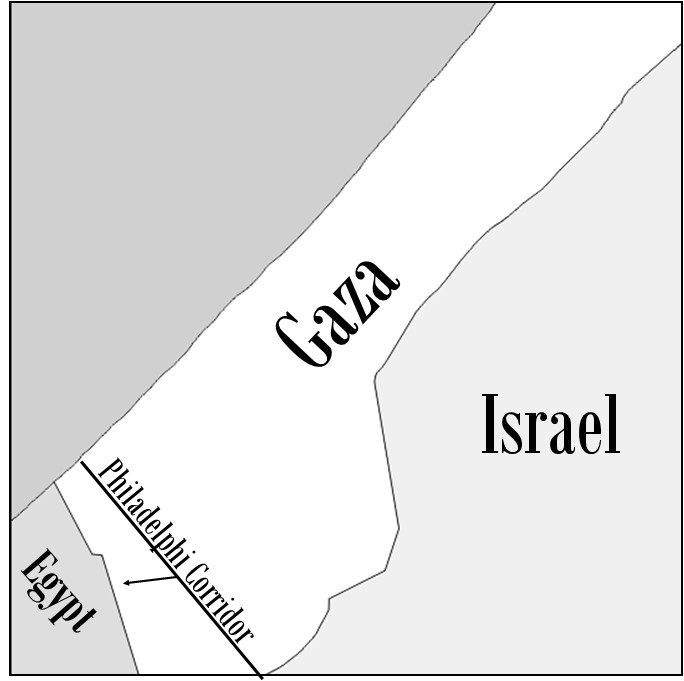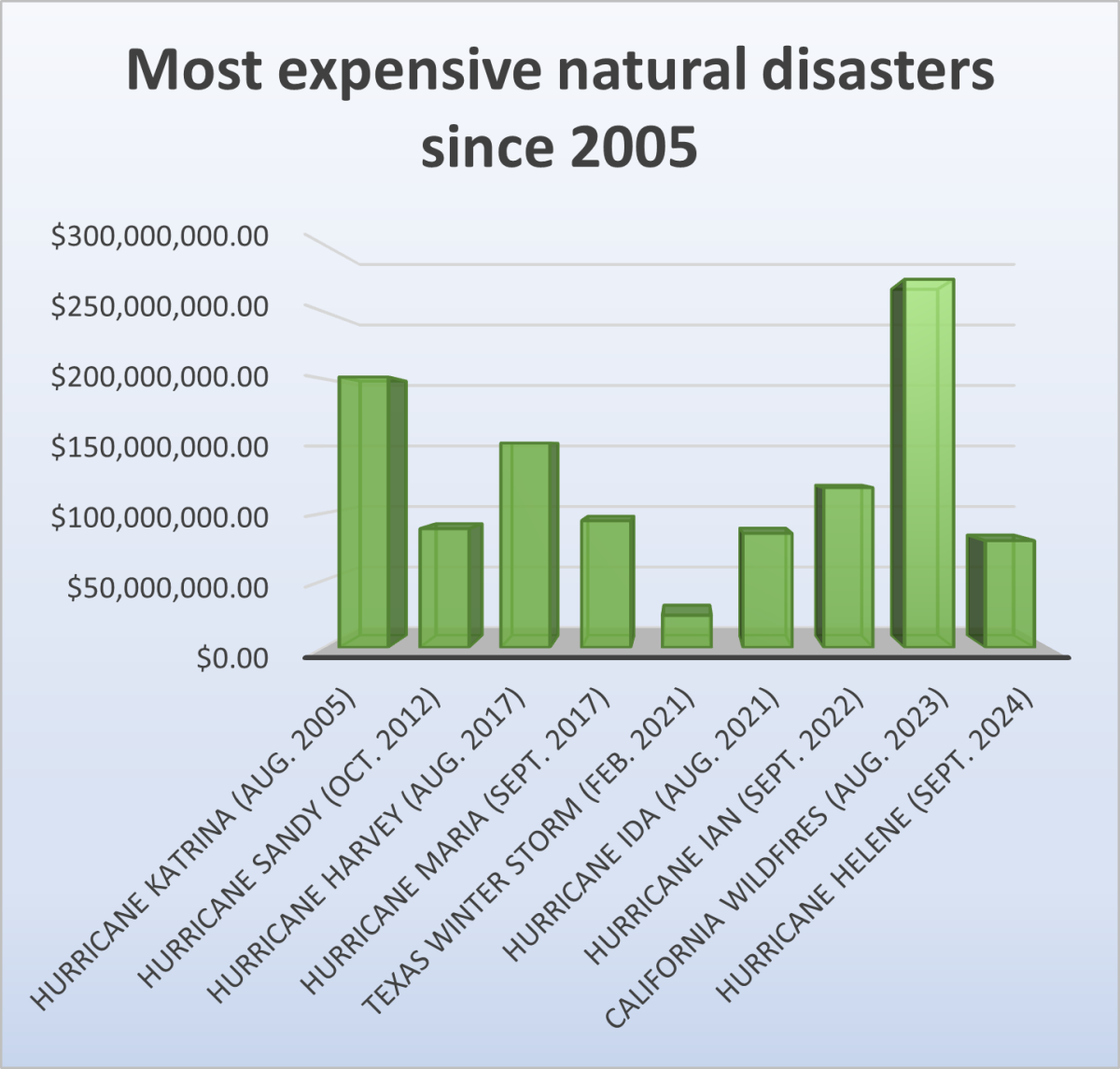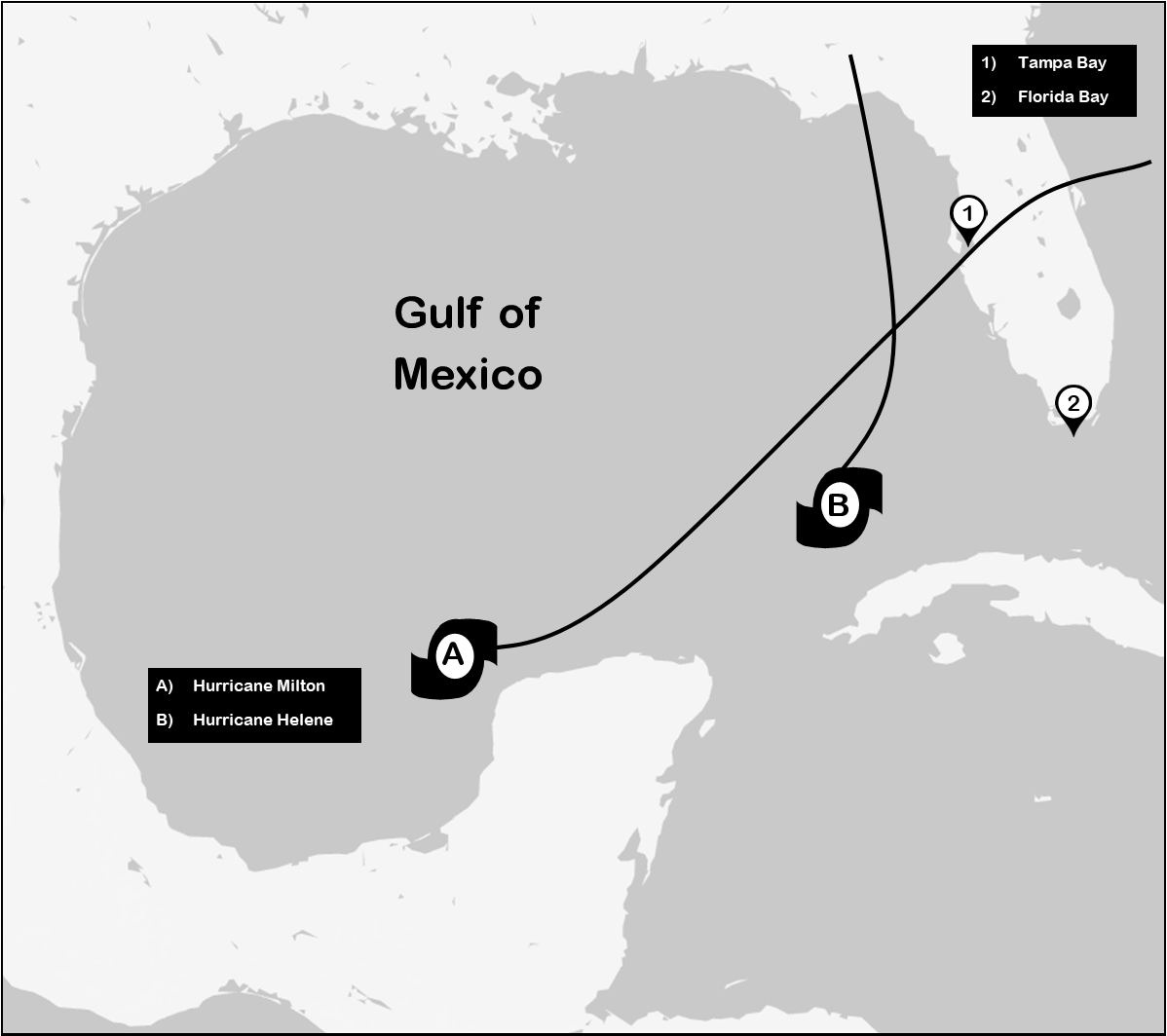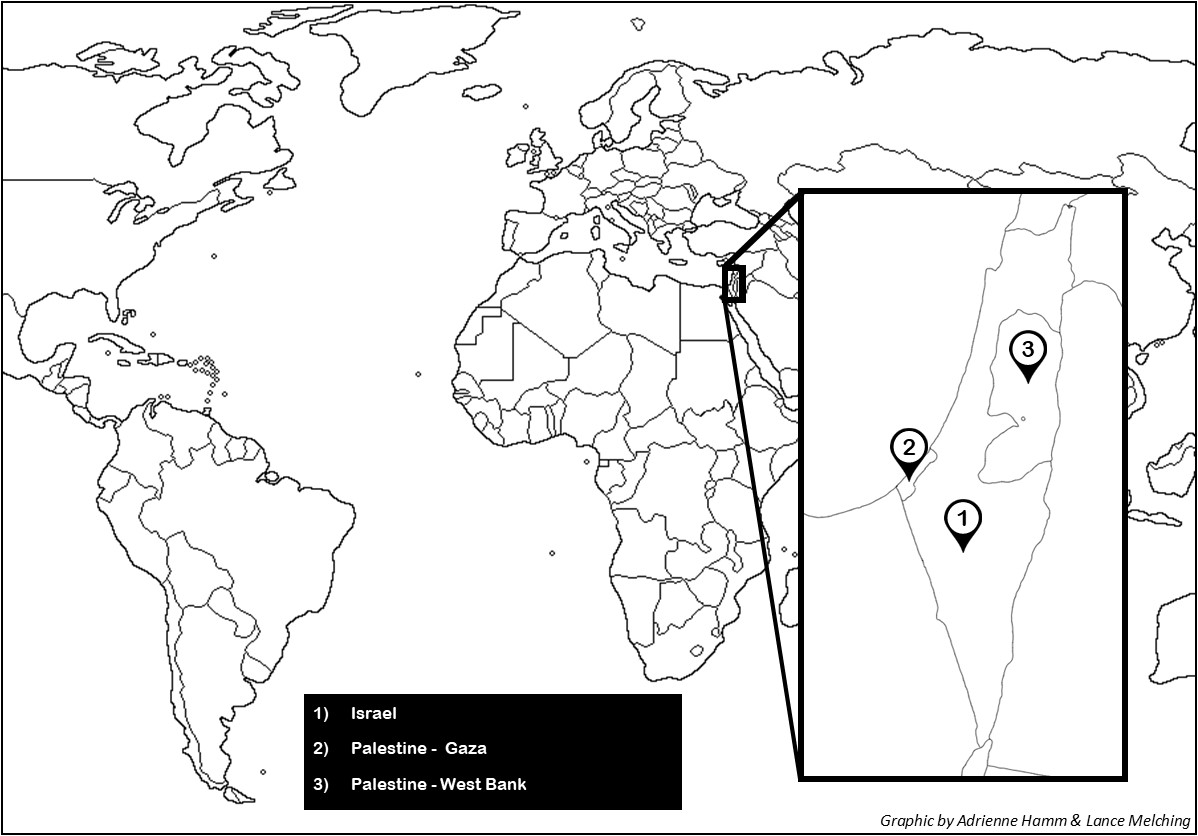After over 15 months of war, Israel and Gaza reached a hostage ceasefire agreement that came into effect on Jan.19. The ceasefire was broken on March 18 after Israel released a barrage of aerial attacks into Gaza that killed at least 400 civilians and injured hundreds more.
The ceasefire sought to end the Israel-Gaza War that has devastated the Gaza Strip, one of two Palestinian territories, a 25 mile stretch of land with a larger population density than New York City.
The conflict initially began when Hamas’ military wing, Al-Qassam Brigades, fired a barrage of 2,500 rockets into southern Israel. That night, Hamas and other Palestinian militant groups abducted 251 people from Israel to the Gaza Strip.
According to Hamas leadership, their actions were a direct response to the record number of Palestinians killed by Israel at that point—234. This war encapsulates over 75 years of strife between Israeli and Palestinian leadership.
Thus began the Israeli siege against the Strip, with what the United Nations Relief and Works Agency for Palestinian Refugees has called indiscriminate bombing and killing of civilians. Since Oct. 7, Gaza health officials have reported over 1.9 million displaced civilians, 47,000 deaths, with 110,750 injured and an additional 10,000 bodies trapped under rubble.
The ceasefire agreement between Hamas and Israel outlines a three stage deal, where the respective parties regroup after the fact to discuss and renegotiate as needed.
The ceasefire outlines a “hostage swap” of the 33 accounted for Israeli hostages for over 1,627 Gazan detainees, only 110 of whom have been charged with a crime.
Displaced Gazan civilians would be allowed to return to northern Gaza, but would have their vehicles inspected by private contractors. As they went north, displaced Gazans found an estimated 60% of all buildings destroyed—including 92% of homes—and 68% of all roads destroyed.
Of the 52,200 buildings destroyed, 200 government facilities, 136 universities and schools, and 826 religious buildings had been destroyed in the war, and only 17 of the 36 health centers were partially functional.
More than half of Gaza’s agricultural land has been degraded in the conflict, with over 95% of cattle dead or killed since the conflict began. The U.N estimates that the damages total $18.5 billion, and it would take approximately 12 years just to clear the rubble, and 300 years to rebuild.
The ceasefire calls for increased humanitarian shipments to be sent and dispersed to Gaza, a pullback of Israeli forces to the border areas within Gaza, and a full withdrawal from the Philadelphi corridor—the thin strip of land that separates Gaza and Egypt.
Hamas viewed this ceasefire as a win, as they had accomplished their primary objectives of the Oct. 7 attacks: freeing detainees and prisoners and forcing Israel to let up on its blockade of Gaza, which was put in place when Hamas took power in 2007.
Since the beginning of the ceasefire, both parties have accused each other of violating it in some way. Israel accused Hamas of not releasing hostages in the correct order, and Hamas accused Israel of violating the ceasefire by blocking Palestinians return to northern Gaza.
On March 2, the second day of Ramadan—the Muslim holy month—Israel blocked aid entering Gaza. The Israeli PM office released a statement that states that until Hamas agrees to a temporary extension to phase one of the ceasefire, no food, water, medicine, or electricity would enter Gaza.
Hamas has called this move “cheap blackmail” and has refused to extend phase one of the ceasefire until there are guarantees that phase two will take place.
Tensions rise as President Donald Trump calls for Gazans to be “depopulated” to develop the land under US supervision. It was quickly shut down after the Egyptian reconstruction plan was brought forward to the Arab League.
The 3-phase, $53 billion plan outlined a short-term, 6-month reconstruction plan for Gaza by placing an interim committee of leaders under the Palestinian Authority to clear rubble, build temporary housing, and restore damaged buildings. Longer-term plans involve building at least 400,000 permanent homes and rebuilding Gaza’s seaport and international airport
The Egyptian plans also outline the reinstalment of basic provisions such as water and waste systems, electricity, and telecommunications services.
The Egyptian plans outlined a removal of Hamas from government but did not call for their disarmament. The plan has received support from the Arab League and various European states, however it was unknown whether the plan would be supported by the US and Israel.
Israel’s bombardment of Gaza on March 18 has halted all negotiations of peace. Israel and the U.S have justified the attack on Gaza as the result of Hamas refusing to accept an extension on phase one of the ceasefire agreement, something that would put Hamas at a distinct disadvantage during negotiations.
Israel has also claimed that the aerial assault on Gaza was because of Hamas rearming itself and gearing up to attack Israel, though these claims are unproven. Syria and Iran have threatened action against Israel if they continue their incursion on Gaza.






